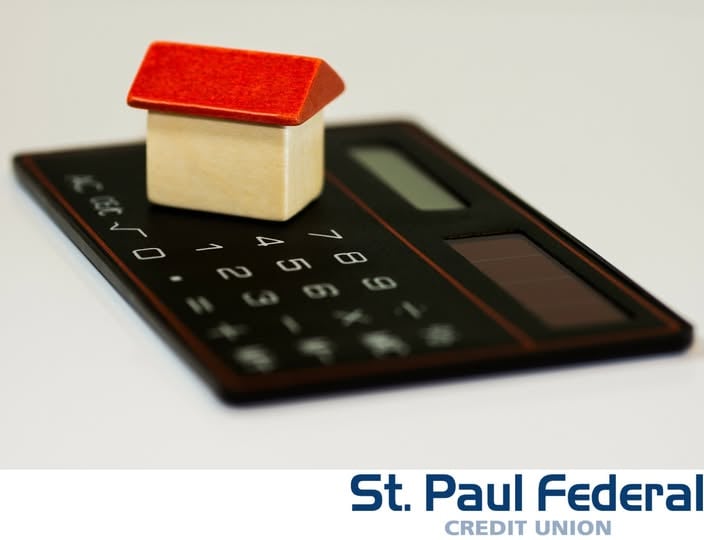If you’re like other homeowners, questions about when to refinance your home have popped up a time or two. Of course, you’d love a lower monthly mortgage payment but there are a lot of factors to consider be deciding to go forward with a refinance.
Why People Refinance
Here are some of the better reasons why a homeowner may decide to refinance…
To Take Advantage of Lower Interest Rates
Many lenders claim even 1% savings on interest rates should be reason enough to refinance. Reducing your interest rate can help you build more equity in your home sooner while decreasing the size of your monthly payment, which saves you lots of money.
To Shorten the Life of Their Loan
If your current mortgage rate has a really high interest rate, refinancing can help you pay off your home faster without changing your monthly payment much.
To Convert Between Adjustable-Rate and Fixed-Rate Mortgages
Over time, rates on Adjustable Rate Mortgages (ARMs) can increase until they top the going rate for fixed-rate mortgages. When this happens, switching to a fixed-rate mortgage is a good idea.
When Refinancing is a Bad Idea
Yes, a home refinance can save you money. However, there are circumstances where it can cost you more in the long run…
When You Need Money to Pull Yourself Out of Debt
Most people who refinance for this reason end up spending all the money they save, and then some. Bad idea.
When a Refinance Greatly Lengthens the Loan’s Terms
– If you only have 10 years left on your mortgage and you want to refinance to stretch out those payments over 30 years, you won’t come out ahead. Any money you save on lower payments will be lost in the cost of the refinance and the extra 20 years of interest you’ll be paying on your mortgage. Again, bad idea.
When You Don’t Plan on Living in Your Home for Much Longer
The money you save each month might not even come close to the prohibitive price you paid for your refinance. Yup, another bad idea.
What is a Cash-Out Refinance?
Some homeowners refinance to tap into their home’s equity. To do this, they’ll need to refinance with a bigger loan and stay within the loan-to-value threshold of their loan program.
Only choose this option if you can afford the loan terms, and preferably, will use that money to increase your equity.
How Much will it Cost?
It’s important to know home refinances aren’t cheap. You’ll need to pay broker fees, closing costs and more. A typical refinance will cost anywhere between 3-6% of the loan’s principal.
Here’s how to determine if a refinance will save you money: Procure a loan estimate from several lenders to get your projected interest rate and loan price. Divide this price by the amount you’ll save each month with your new rate. This is the number of months it will take for you to break even on the new loan.
If you don’t plan on staying in your home for that long, or you can’t afford to wait until then to recoup your losses, refinancing may not be a good idea.
Still want to look further into the possibility of refinancing your home? Reach out to us at St. Paul Federal Credit Union. If right now isn’t the best time to refinance your home, we’ll be here when it makes dollars and sense!

